In series of articles, I will introduce some basic techniques that beginners can make use of immediately in their shots. The first topic is "perspective". How do we decide on which perspective to use during photography? Let's learn some perspective tricks from a professional photographer. (Report by: Yutaka Tanekiyo)
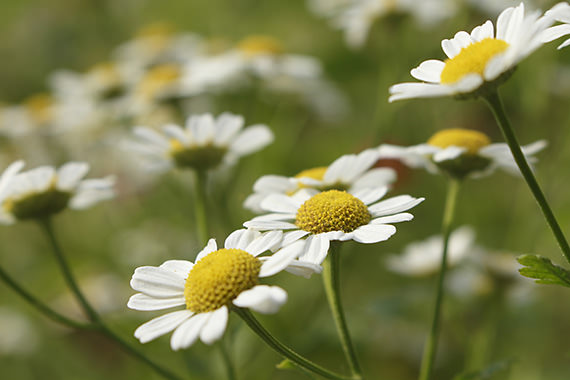
Try different perspectives through actual fieldwork
1. First of all, take any photo as you like


They key lies in “discovering” the subject you want to photograph. Before you think about which part of the subject to capture, start by taking a shot of the subject you are interested in from a wide angle.
2. Determine where to aim
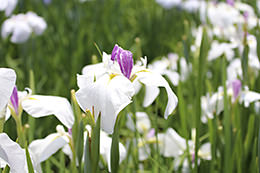
Here, I decided to capture the flowers, with the one with the most unique pistil as the main theme.
3. Check the image you have captured

Cultivate the habit of checking through the images after you have taken a number of shots.
4. Take a bold close-up shot
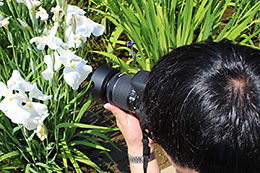
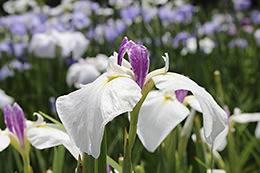
I zoomed in boldly to the pistil for a close-up shot, but I seemed to have zoomed in too close, so I adjusted the zoom to include the entire flower in the composition.
5. Try changing the camera angle
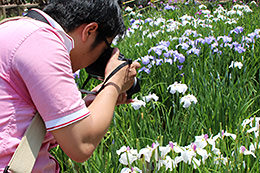
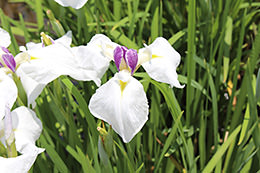
After adjusting the flower in the composition to an appropriate size, I found the camera angle too high, as if the flower was pressed down from directly above. I then created more space by including a small part of the surroundings into the composition.
6. Take a shot from a different eye level
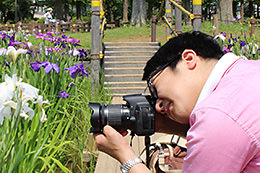
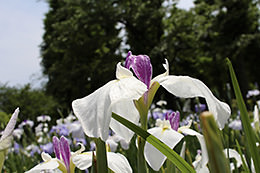
Next, I tried lowering the eye level. Although doing so allowed me to capture a wider background compared to the example in step 5, the flower was hidden behind the bud in the foreground. While extreme lowering or raising of the eye level may help to accentuate your photo, be careful not to go overboard.
7. Find the best position through trial and error

A: Approx. 30cm
In this example, I found out that the best eye level was one at almost the same height as the flower, while the best position was a distance of about 30cm away from the flower. The next step would be to adjust the angle of view using the zoom, And then we can press the shutter button…
8. Done! An attractive shot of the flower

It is important to be mindful of composition before you press the shutter button. Why not try capturing the subject from different angles through trial and error to find the best combination between the distance and the eye level? By doing so, you will be able to produce your ideal shot.
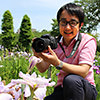
Born in 1982 in Osaka. After graduating from the Faculty of Foreign Studies at Kyoto Sangyo University as a German language major, Tanekiyo worked as an assistant to Toshinobu Takeuchi, after which he became an independent photographer.

A monthly magazine that believes that enjoyment of photography will increase the more one learns about camera functions. It delivers news on the latest cameras and features and regularly introduces various photography techniques.
Published by Impress Corporation
































